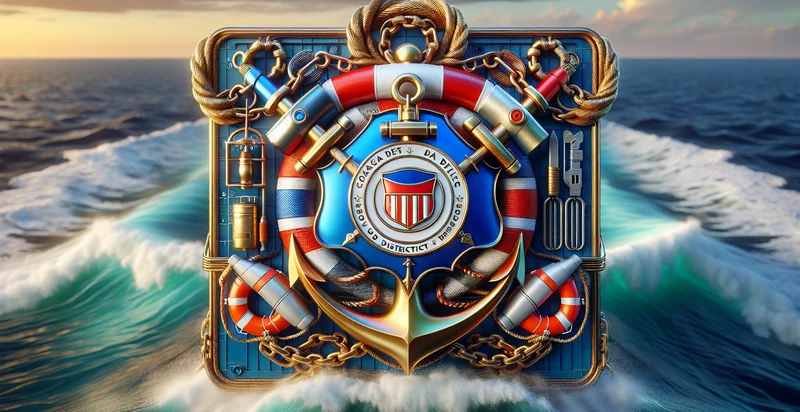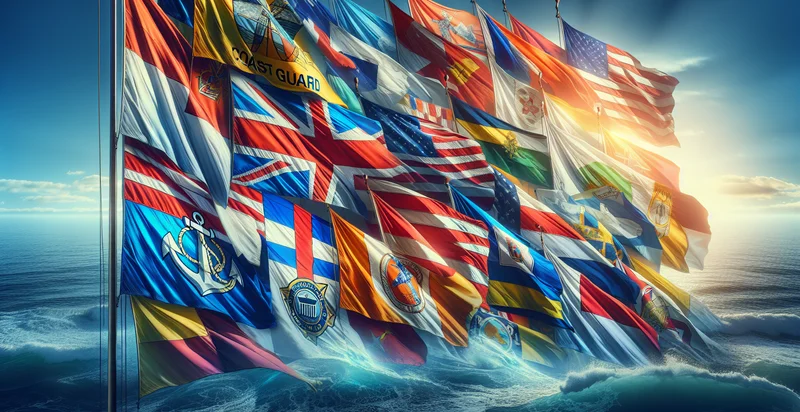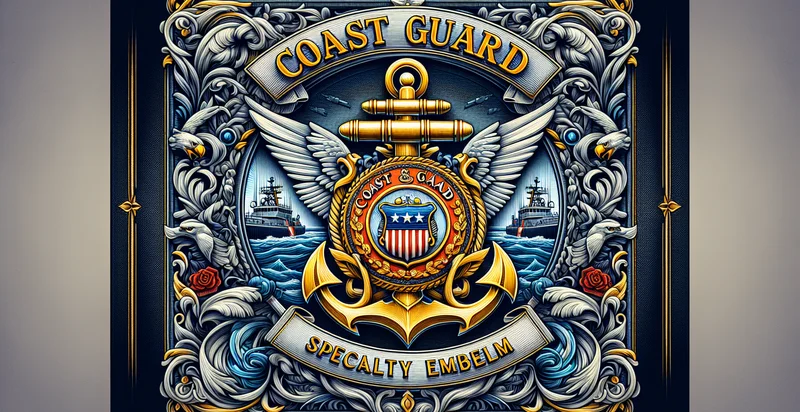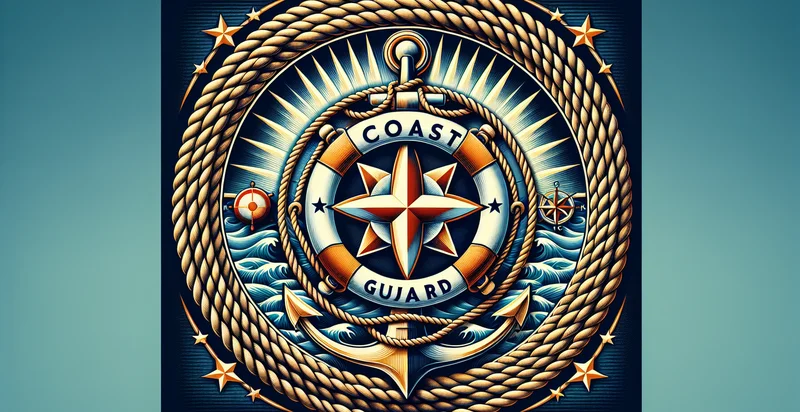Identify coast guard district emblem
using AI
Below is a free classifier to identify coast guard district emblem. Just upload your image, and our AI will predict the specific coast guard district represented by the emblem - in just seconds.

Contact us for API access
Or, use Nyckel to build highly-accurate custom classifiers in just minutes. No PhD required.
Get started
import nyckel
credentials = nyckel.Credentials("YOUR_CLIENT_ID", "YOUR_CLIENT_SECRET")
nyckel.invoke("coast-guard-district-emblem", "your_image_url", credentials)
fetch('https://www.nyckel.com/v1/functions/coast-guard-district-emblem/invoke', {
method: 'POST',
headers: {
'Authorization': 'Bearer ' + 'YOUR_BEARER_TOKEN',
'Content-Type': 'application/json',
},
body: JSON.stringify(
{"data": "your_image_url"}
)
})
.then(response => response.json())
.then(data => console.log(data));
curl -X POST \
-H "Content-Type: application/json" \
-H "Authorization: Bearer YOUR_BEARER_TOKEN" \
-d '{"data": "your_image_url"}' \
https://www.nyckel.com/v1/functions/coast-guard-district-emblem/invoke
How this classifier works
To start, upload your image. Our AI tool will then predict the specific coast guard district represented by the emblem.
This pretrained image model uses a Nyckel-created dataset and has 20 labels, including 10Th District, 11Th District, 12Th District, 13Th District, 14Th District, 15Th District, 16Th District, 17Th District, 18Th District and 19Th District.
We'll also show a confidence score (the higher the number, the more confident the AI model is around the specific coast guard district represented by the emblem).
Whether you're just curious or building coast guard district emblem detection into your application, we hope our classifier proves helpful.
Related Classifiers
Need to identify coast guard district emblem at scale?
Get API or Zapier access to this classifier for free. It's perfect for:
- Search and Rescue Operations: The False image classification function can be employed to quickly identify unauthorized usage of coast guard district emblems during search and rescue missions. This helps ensure that individuals using these emblems are legitimate and authorized personnel, enhancing operational efficiency and safety.
- Fraud Detection in Merchandise: E-commerce platforms can utilize this function to identify counterfeit merchandise that falsely represents coast guard district emblems. By filtering out fake goods, legitimate vendors can protect their brand integrity and prevent consumers from purchasing misleading products.
- Training and Simulation: In training environments, coast guard personnel can use this function to analyze scenarios involving the misuse of emblems. This can enhance situational awareness and decision-making skills by helping trainees differentiate between authorized and unauthorized PR and promotional materials in the field.
- Compliance Monitoring: Regulatory bodies can implement the False image classification function to monitor compliance with maritime laws concerning the use of coast guard district emblems. This provides a systematic approach to ensure that organizations and individuals adhere to naming conventions and avoid misuse.
- Automated Reporting Tools: This function can be utilized in automated reporting tools for coast guard agencies, allowing for instant identification of improper emblem usage on social media platforms and other public forums. This allows for swift action and enforcement of legal standards protecting these identifiers.
- Security Protocols Enhancement: By integrating this function into security systems, coast guard agencies can improve their protocols against unauthorized access. The accurate identification of emblem misuse helps in creating more robust security measures, ultimately safeguarding sensitive maritime operations.
- Community Awareness Campaigns: The False image classification function can aid in community education initiatives by identifying and flagging misleading uses of coast guard emblems in local media and advertising. This enhances public awareness and encourages community reporting of suspicious activities, fostering a safer maritime environment.


